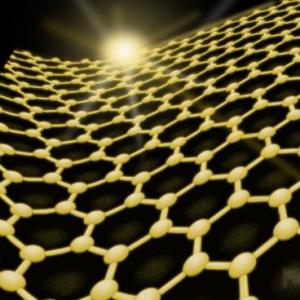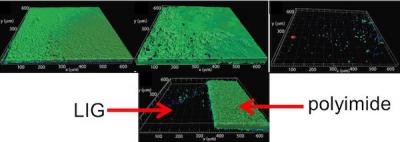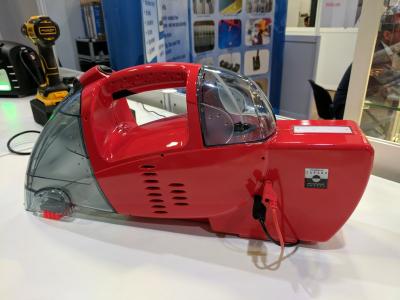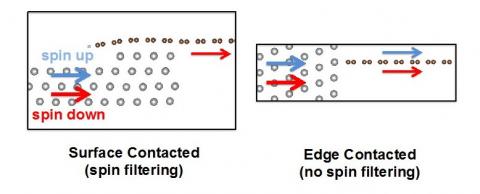Will graphene help with NASA's mission to get close to the sun?
NASA is getting set to announce its first mission to fly directly into the sun’s atmosphere during an event on Wednesday, May 31, 2017. The mission, Solar Probe Plus, is scheduled to launch in the summer of 2018.

Placed in orbit within four million miles of the sun’s surface, facing heat and radiation unlike any spacecraft in history, the vessel will explore the sun’s outer atmosphere and make observations that may answer questions that have long since plagued researchers.






